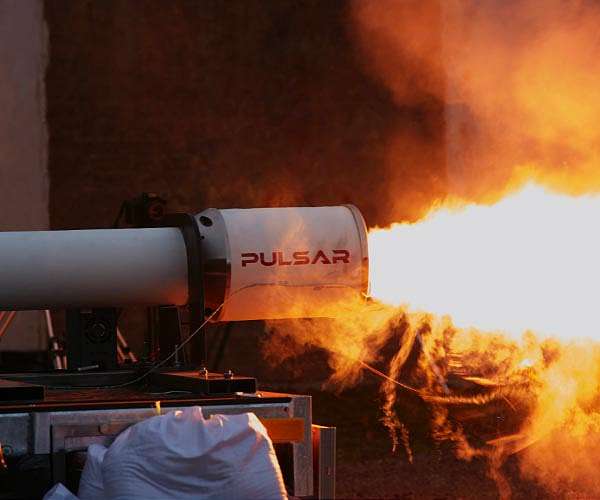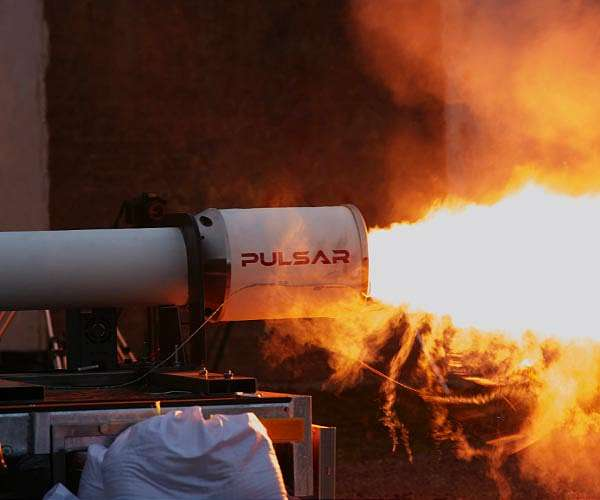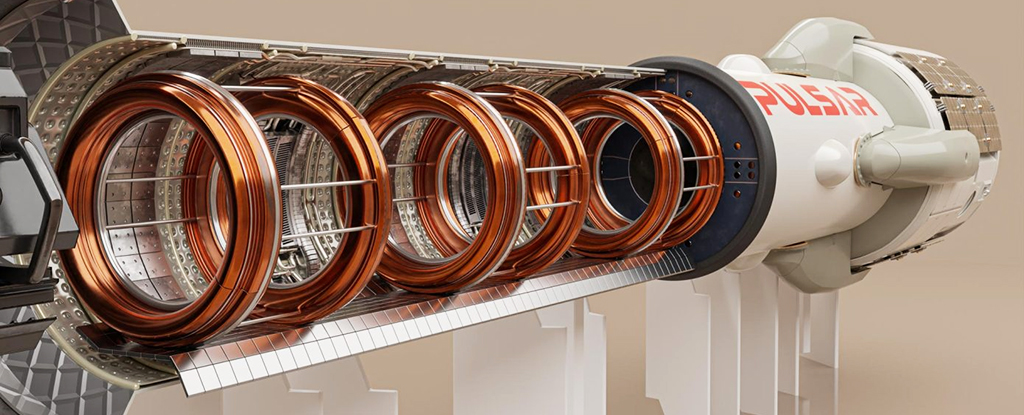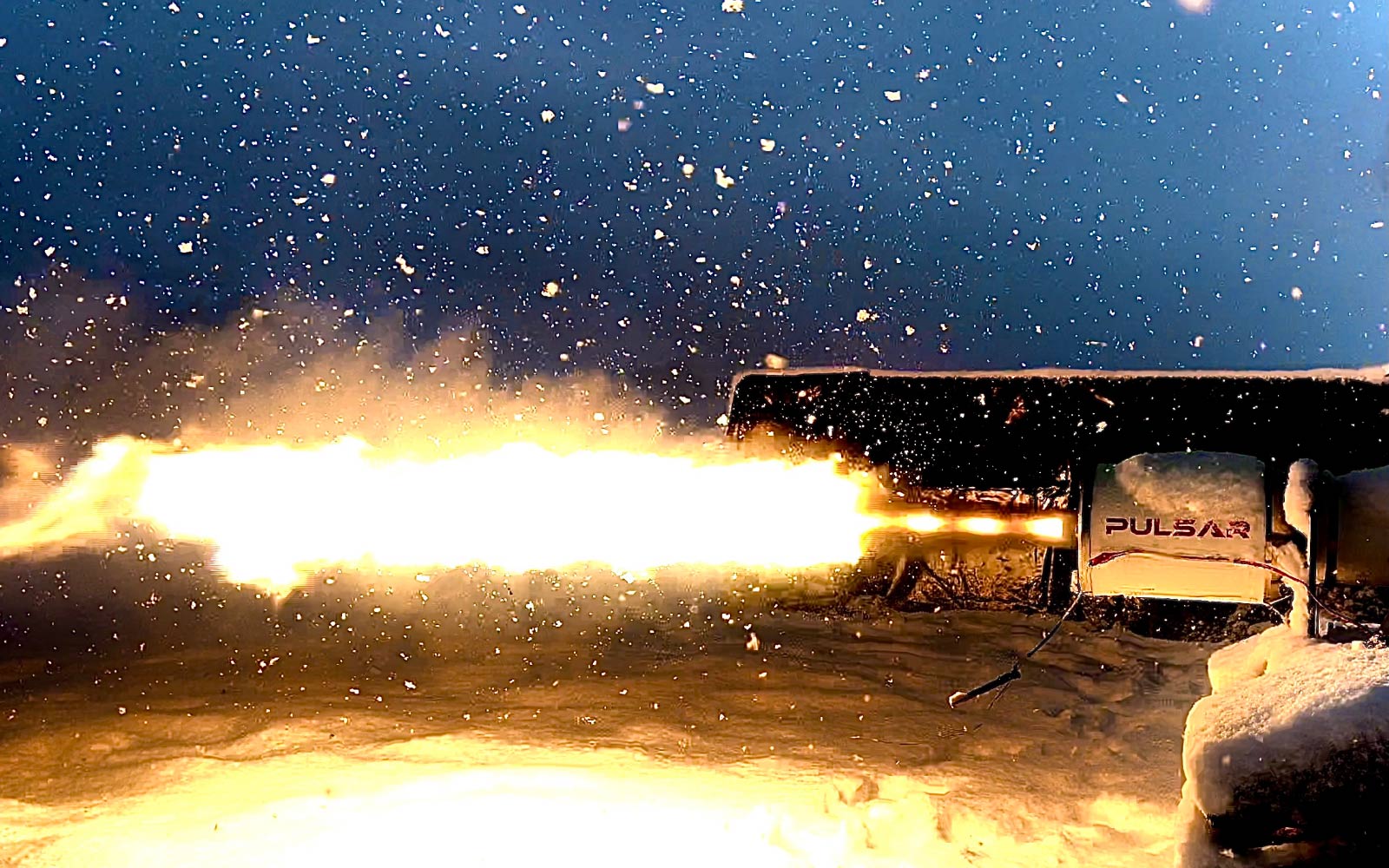Hello Scott, first off, please provide and quote any *credible* readily accessible online sources for your claim of a fusion TRL of 5, especially for an aerospace system. Second, the assertion of "sheer size and resulting miniaturization needed" as an impediment seems weird and contradictory, since larger typically is *better* in terms of efficiency for aerospace propulsion systems. Third, their demonstrator setup looks like completely hokey/ignorant investor bait to me (notice there is only a still picture and not even a few seconds of video, hence the 0 rating, but since I'm just a simple rocket scientist {I actually published a paper [Acta Astronautica 54 (2004) 713 – 721] that showed that the so-called Tsiolkovsky rocket equation is only the simplest case of propulsive equations that define the relation of vehicle acceleration depending on the propulsion specific impulse and changes thereof, which in the particular case I examined was decreasing linearly with the speed of flight as an approximation of air-breathing propulsion systems}, so what do I know?), especially when it comes to distinguishing *actual* fusion exhausts from chemical ones with respect to turbulence and flame colour. I've personally witnessed plasma and ramjet flames *way* more energy dense/intense than the one shown for an alleged fusion one. Note also that the formulation in the article that the "UK aerospace company Pulsar Fusion has started constructing the largest practical nuclear fusion rocket engine ever built" immediately begs the question what was the first (presumably smaller?) practical nuclear fusion rocket engine ever built before that utterly brilliant newcomer outfit burst on the scene?




